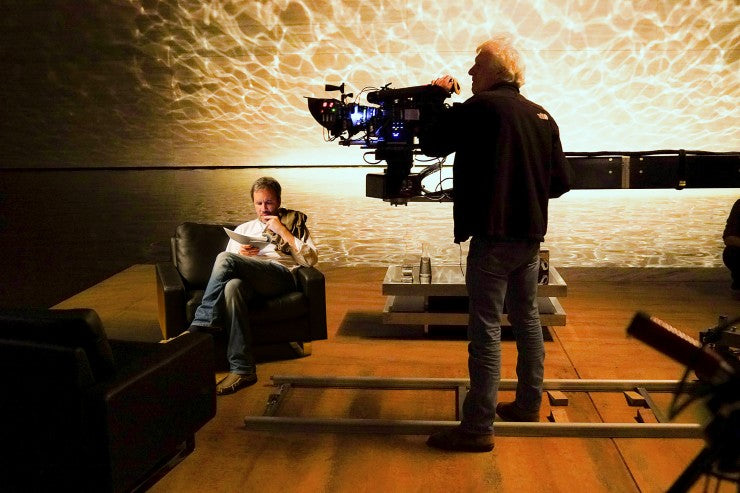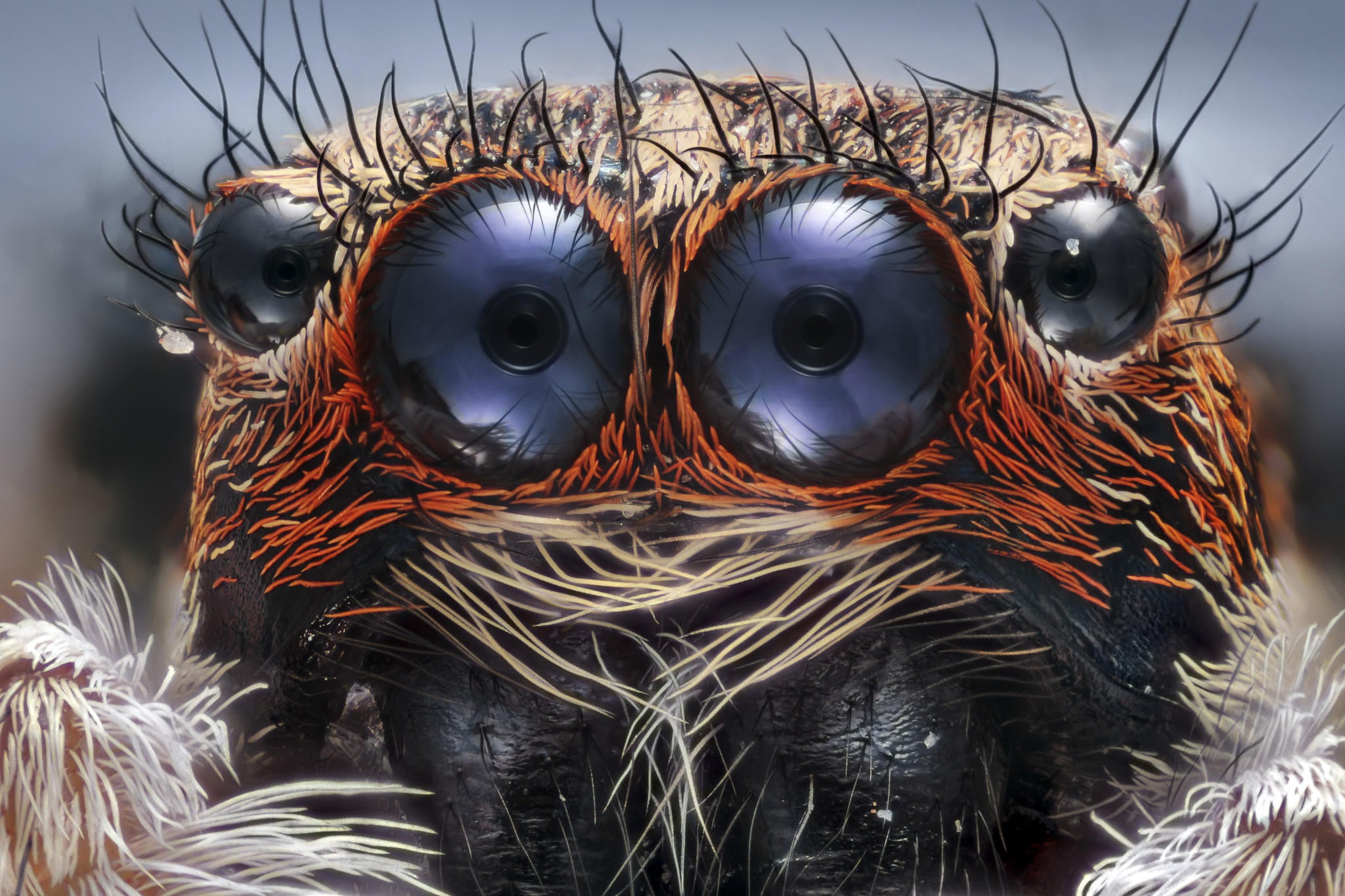Camera movements:
- Pushing the lens means that the camera is zoomed in towards the subject or the zoom lens is used to gradually increase the focal length. The viewer will feel the subject moving closer.
- Pulling the lens is the opposite of pushing the lens, creating the feeling that the subject is gradually moving away from the audience and gradually expanding the field of view.
- Panning refers to that the camera moves up, down, left, right, and rotates in the original position to make the picture present a dynamic composition, generate patrols, look around the surrounding environment, reveal the inner world of the characters in the dynamic, and set off the emotions. artistic effect.
- Tilting is also called "moving photography". The camera is placed on a movable vehicle or lift, and the subject is moved in all directions.

Several special filmming methods:



Filmming style
Cinematography, a film is made by the projection of successive frames on the screen. With the help of these pictures, together with dialogue (or narration) and sound effects, the audience grasped the illusion of "persistence of vision" of the entire continuous frame. According to the ratio of the speed of light emission to the speed of sound, the speed of these continuous frames is twenty-four frames per second. Cinematography is usually carried out according to the needs of the plot. First of all, it depends on its theme expression and audience objects to determine the theme and shoot.
For literary films, the style of light and shadow should be soft and elegant, and the movement rate of the camera should change slowly according to the orientation of the subject, with a poetic sense of depth and beautiful rhythm.
In martial arts films, the action is fast and strong, the close-up short shots are often used, the contrast between light and shadow should be as obvious as possible, and the tone contrast should be strong, showing strength and beauty.
For biopics, the composition of the picture should be stable; the light, shadow, color and sound effects should have an atmospheric effect to portray the characters, things and problems in the play.
For ghost films (including ghost films), each shot should be corrected with light color paper or filter, plus special makeup and set props to form a sci-fi magical effect and increase the horror atmosphere.
In musicals, the movement of the camera lens should be relaxed and lively; for motion framing such as pitching, tilting, panning, heeling, pushing, and pulling, it is all aimed at expressing the beauty of rhythm and the cheerfulness of moving the camera. Before the film is shot, the photographer should coordinate with the director, lighting engineer, set designer and special effects artist (including makeup artist), and cooperate with each other. Everyone should study the script content and central awareness in detail, and then discuss and suggest improvements together before shooting.

















